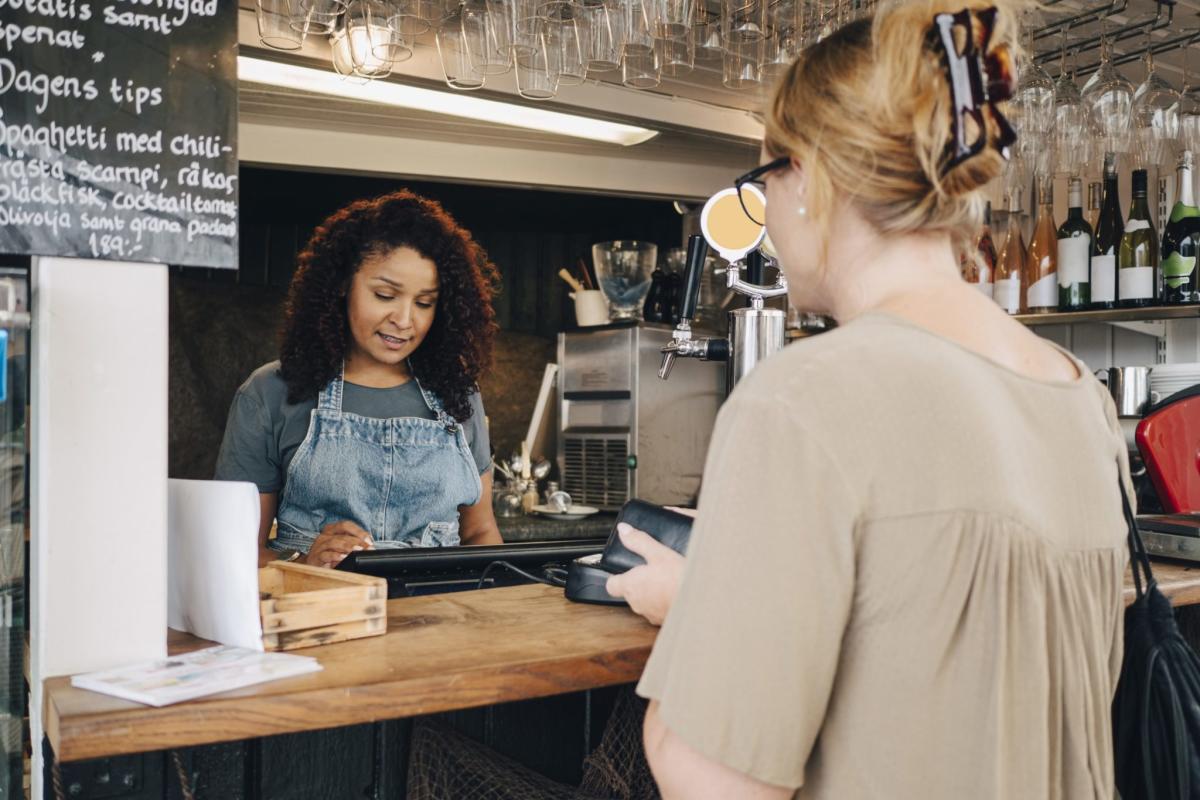#Americans say they have no idea how to tip anymore, and it’s leaving them confused and irritated

Table of Contents
And you don’t need a Seinfeld type of tight five to understand that the post-pandemic landscape of tipping is a new reality that not many consumers are stoked about. During lockdown, many people left extra gratuity to support frontline workers and the restaurants that were shutting down. Aided by automated tablet screens, such heightened tipping—for everywhere from counter services like bakeries to self-checkout kiosks—has stuck three years later. Whatever the source of tipping’s ascent, one thing many Americans can agree on is that we’re dealing with a new tipping culture.
For one, tipping has become more prevalent—a whopping 72% of adults report that it’s “expected in more places today than it was five years ago,” per a Pew Research survey of almost 12,000 U.S. adults released this week. Since so many people feel like a lot has changed in less than a decade, they’re naturally pretty confused. Only 34% say it’s “extremely or very” easy to know if you should tip and slightly less (33%) report confidence in knowing how much to tip.
They’re also frustrated with the automated tablets that suggest three different tip options when checking out (with some preset to 20% as the minimum option). More Americans are against (40%) than for (24%) this practice. And automatic service charges tacked onto bills especially evoke ire, as 72% of respondents oppose them. It’s all led to some tipping out of guilt and an exhaustion at the ubiquitousness of the practice, known colloquially as “tip fatigue.”
Inflation has made tipping a mess
It might be easy to blame the blue screens, but there’s something larger afoot creating this new tipping culture. Part of it stems from the Great Resignation’s labor shortage, as many workers in the oft-overworked and underpaid service and hospitality industries made the most of a strong labor market and looked for better-paying gigs. Companies suddenly had to make their offers more competitive; Chipotle bumped up wages and Dig made their hours more flexible. Even so, wage stagnation remains the issue it has been for decades, with tipped workers bearing the brunt heavily—employers are required to only pay $2.13 per hour in direct wages if tips equals federal minimum wage. Without any federal involvement, the minimum pay remains woefully low at $7.25 an hour—the same as it has been for the past 14 years and not enough to get by, especially with today’s inflation.
That same inflation is partly what’s prevented employers from offering higher wages; they’ve been shelling out more for expensive goods and trying to keep price points low for customers. Because they can’t always pay up to make a job competitive and livable, they rely on customers’ tips to compensate. “The wage workers are receiving isn’t sufficient,” Sean Jung, a professor at Boston University, told NPR. “So now everybody is using this very weird way to increase wages while maintaining the same menu price.”
But consumers are equally hampered by inflation, and so they’re less able or willing to tip extra. After weathering a couple of volatile years, many Americans are still feeling financially anxious and pessimistic about the economy, even if the cost of living has ebbed some. The most economically vulnerable generations are less prone to tipping, as a Bankrate survey shows that 83% of baby boomers always tip compared to 35% of Gen Zers.
“Inflation and general economic unease seem to be making Americans stingier with their tipping habits, yet we’re confronted with more invitations to tip than ever,” Ted Rossman, Bankrate’s senior industry analyst, wrote in the report. “It’s a fascinating issue with few clear answers. There is one apparent certainty, though: Tipping doesn’t seem likely to leave American society anytime soon.”
So if tipping isn’t going away and our federal government continues to not increase the minimum wage, the question remains: What are our new rules? People remain divided, per Pew, as 21% view tipping as a choice, 29% view it as an obligation, and 49% see it as situational. While tipping is a given at restaurants (92% always or often add gratuity), people start to diverge when it comes to food delivery (76%), getting a taxi (61%), buying coffee (25%), or eating at a fast casual restaurant (12%).
No one seems to give a tip on tipping after all.
This story was originally featured on Fortune.com
If you liked the article, do not forget to share it with your friends. Follow us on Google News too, click on the star and choose us from your favorites.
For forums sites go to Forum.BuradaBiliyorum.Com
If you want to read more News articles, you can visit our News category.



